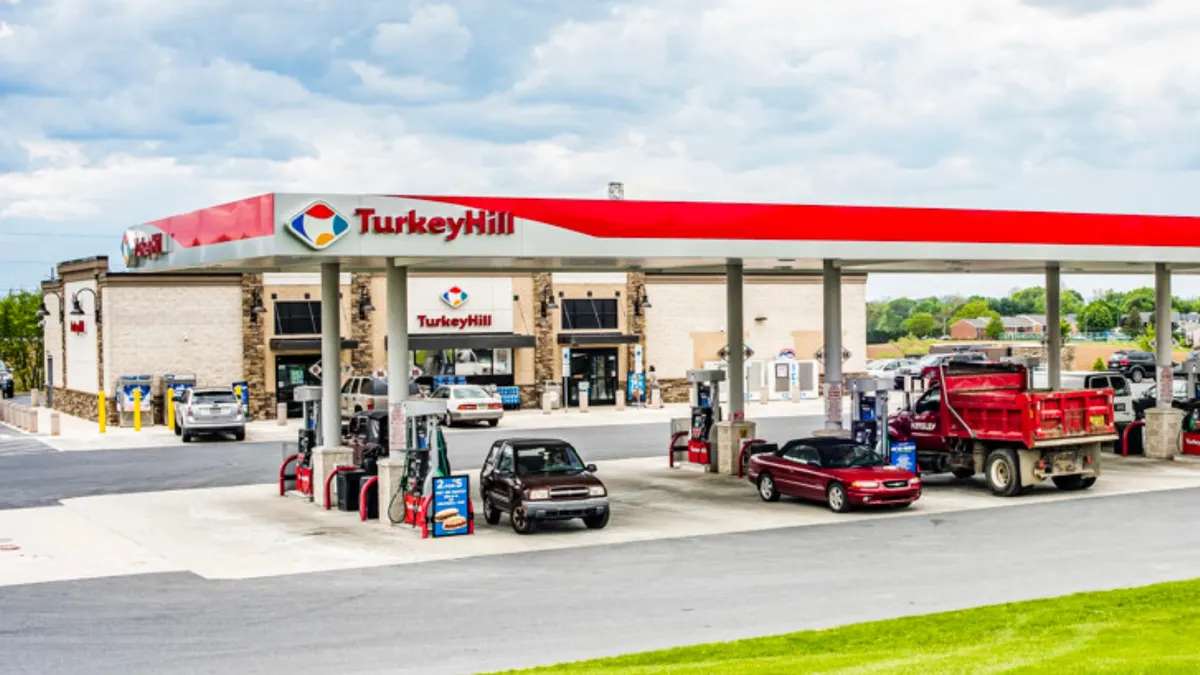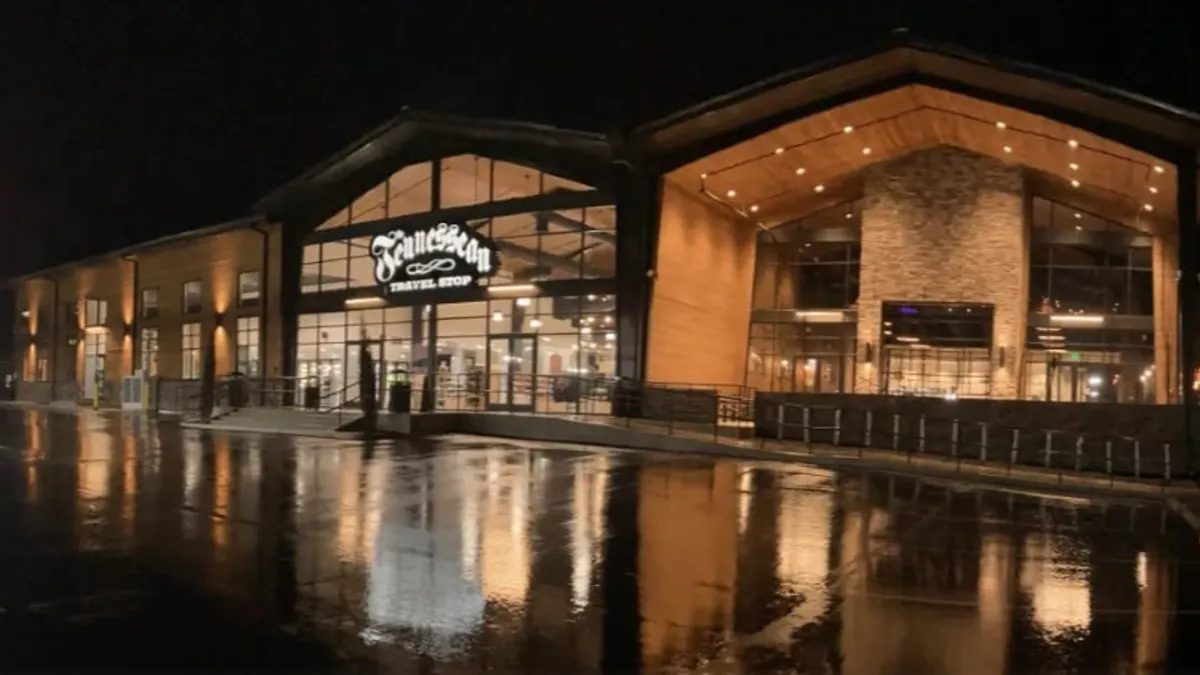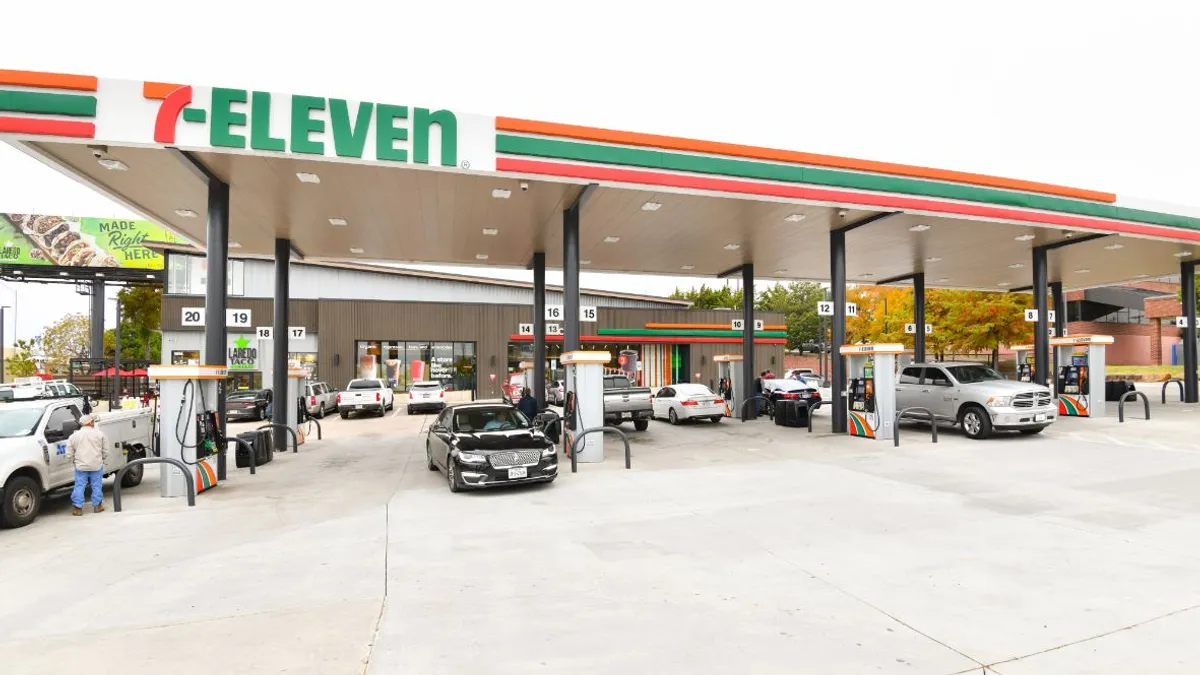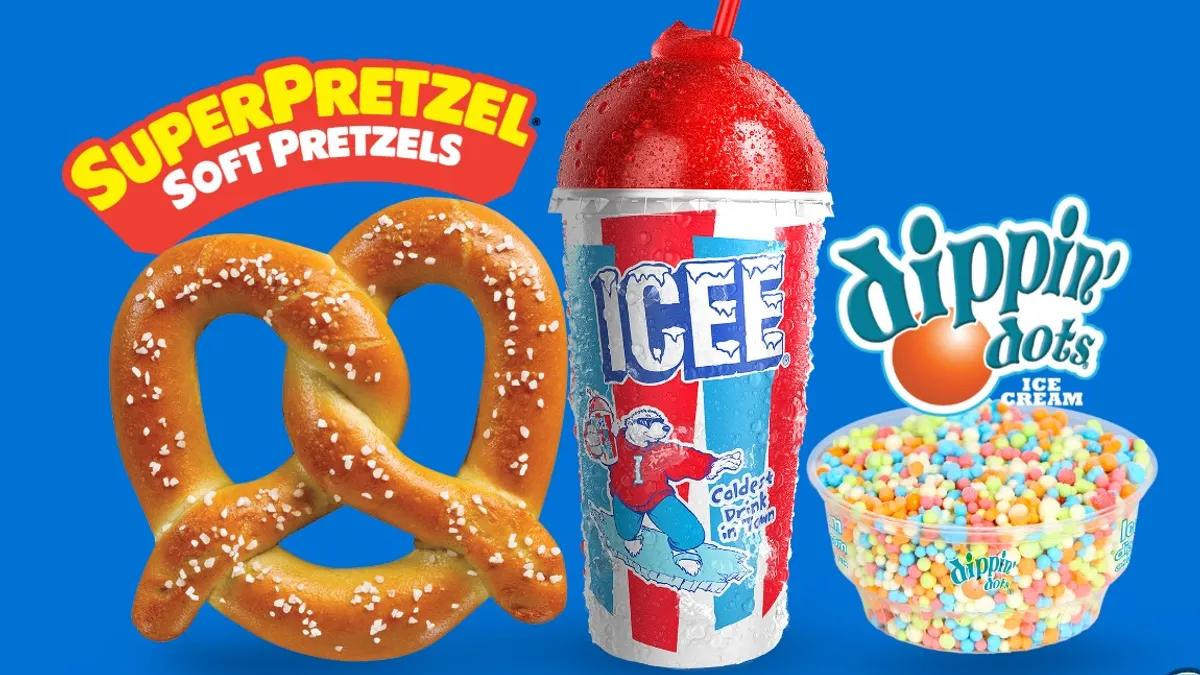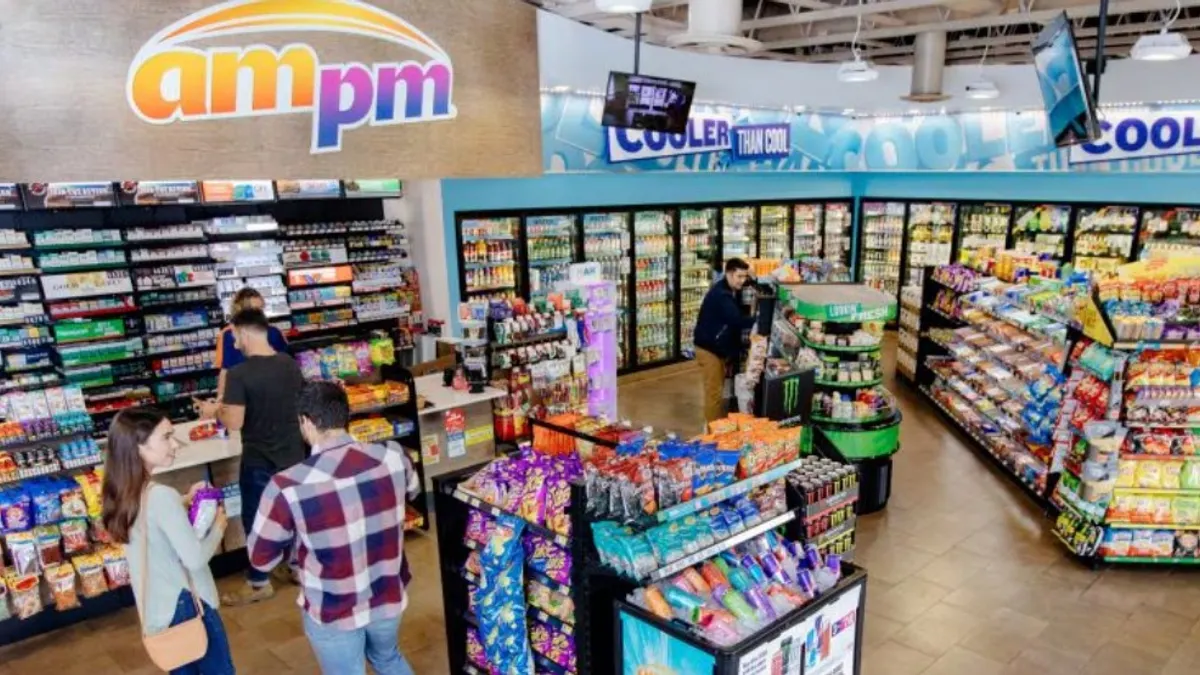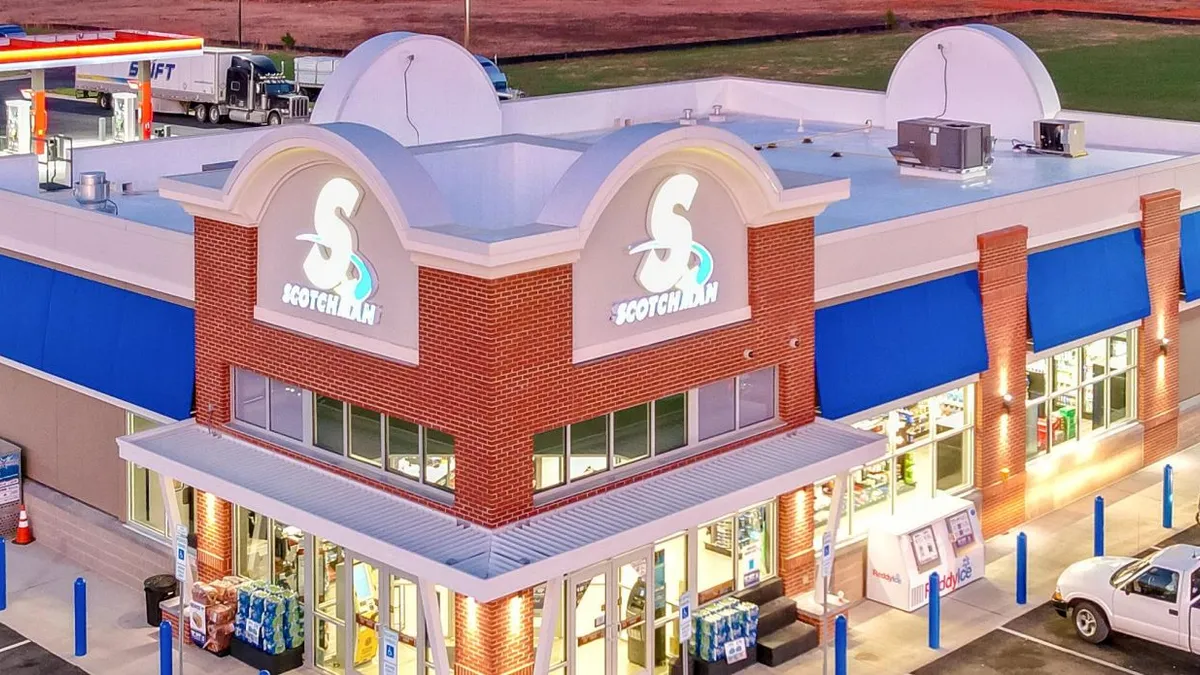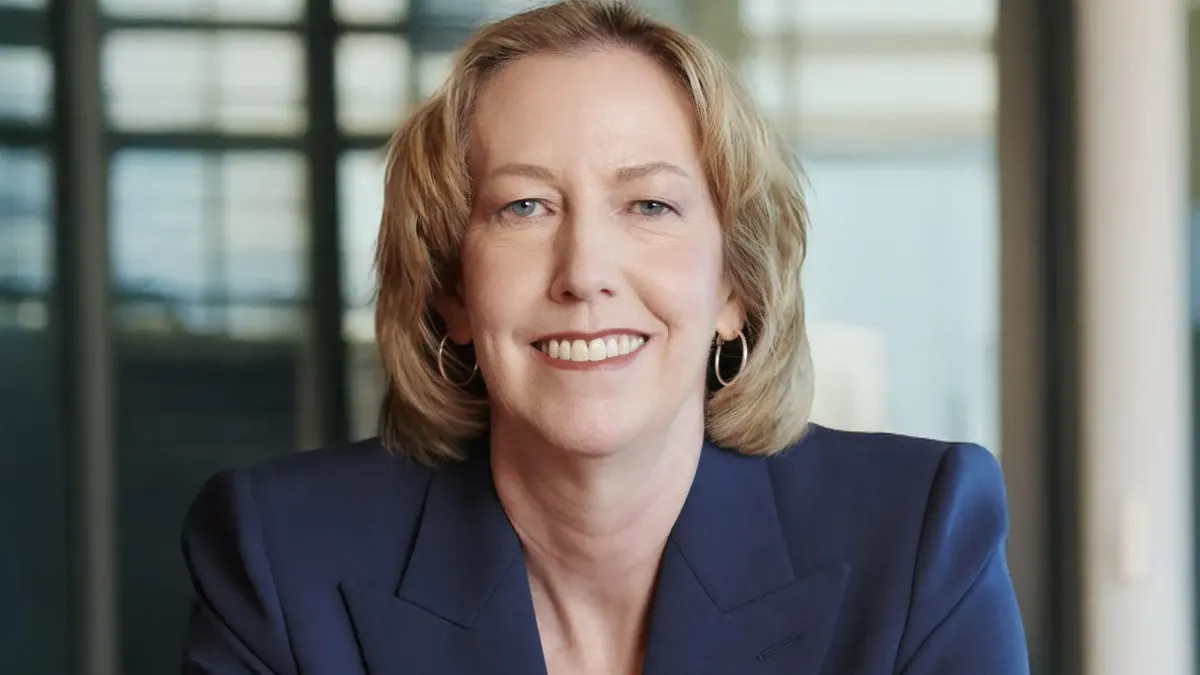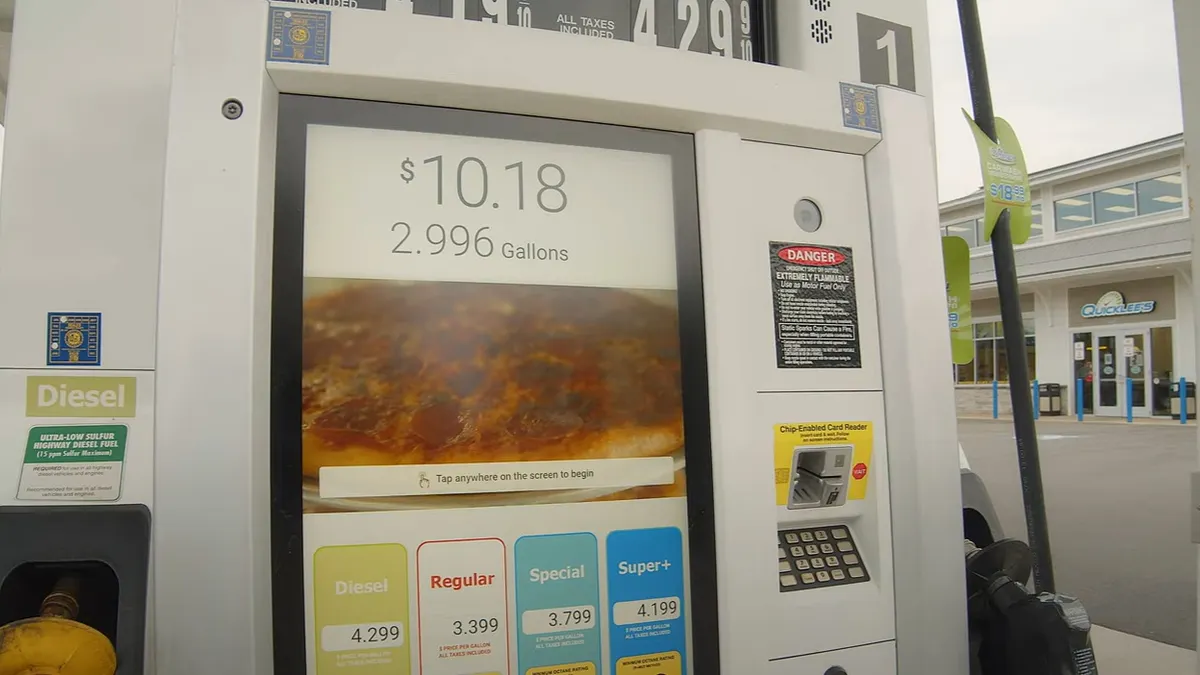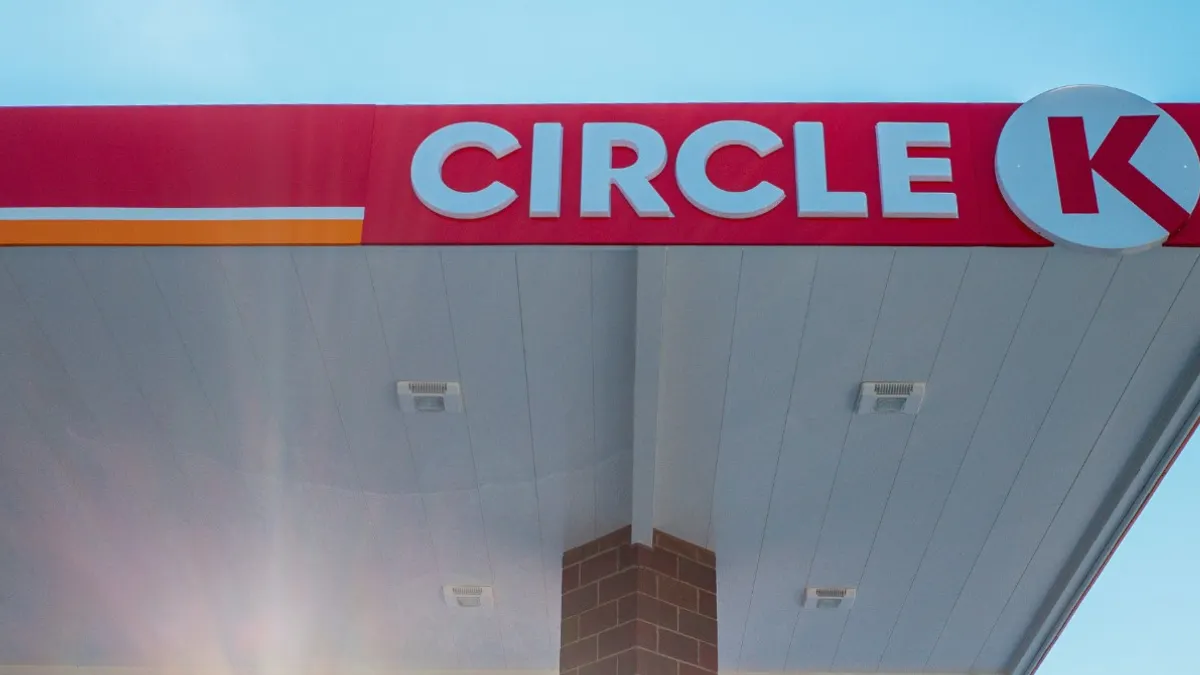In the time since board member John Carey became president and CEO of EG America in late 2023, the convenience retailer — which operates over 1,500 c-stores across 30 states — has completely overhauled the rest of its executive team. Those changes have included a new COO, CFO and CMO, in addition to numerous VP moves across its loyalty, strategy, marketing, foodservice and restaurant teams.
EG America’s c-stores operate under 10 different chains, the most popular of which is Cumberland Farms. Integrating the systems, processes and people at each banner under one umbrella has recently become one of the company’s biggest challenges — and was a driving reason behind the c-suite overhaul. The company’s parent, U.K.-based EG Group, even named its first-ever American CEO to support these changes.
“We brought in very high-caliber people into the organization to help develop this strategy further, but most importantly, to implement it and to change the culture of our business into a more forward thinking, customer-focused culture — and into a culture of one organization,” Carey said.
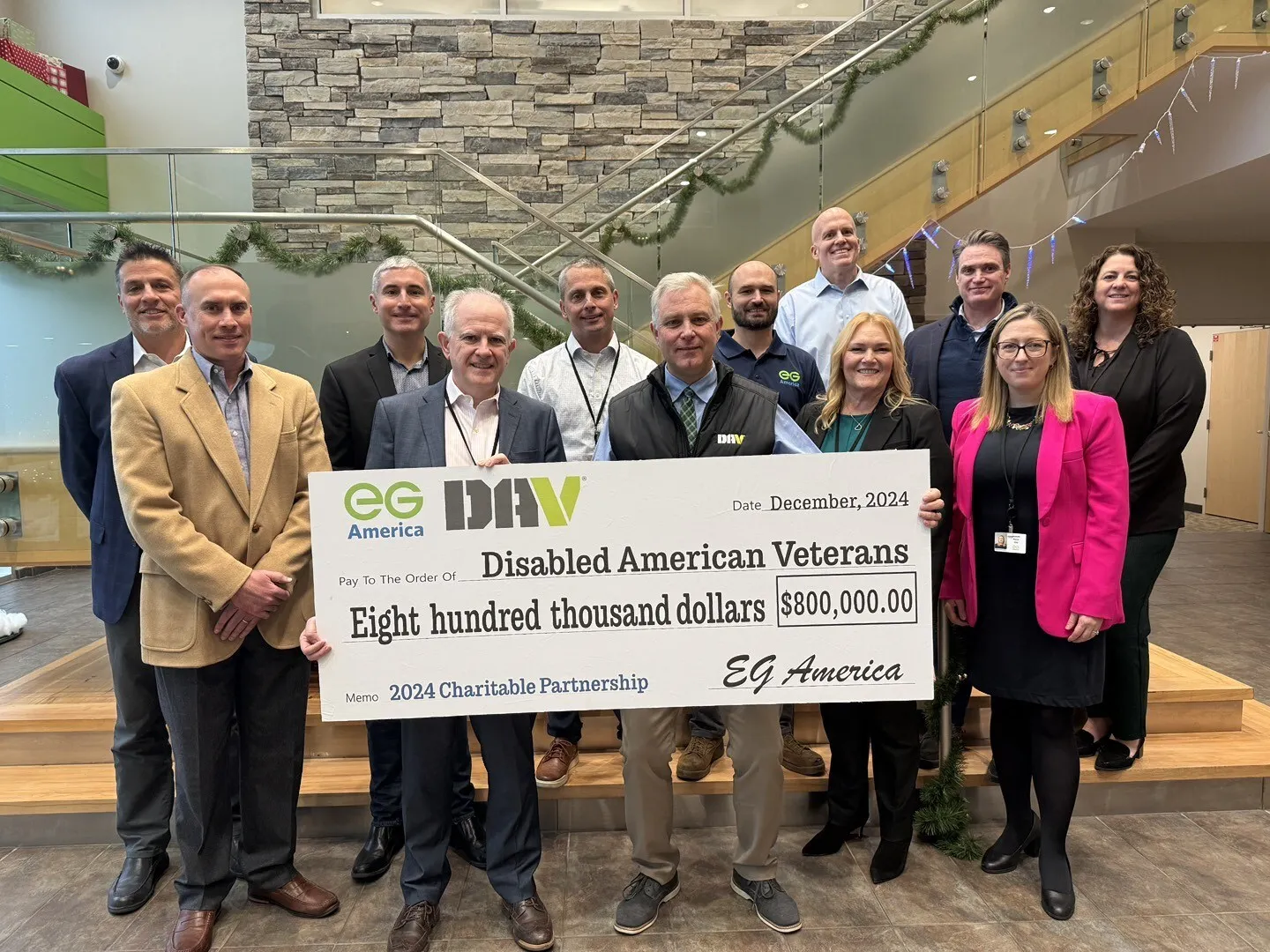
EG America has several initiatives underway to improve and unify its c-store operations and to better connect with its customers. C-Store Dive sat down with Carey and Elizabeth Pierce, who became COO late last year, to discuss the state of the company and its future.
This interview has been edited for length and clarity.
A couple of years ago, EG America started rebranding some Tom Thumb stores to the Cumberland Farms brand. Is that something you’re still doing, trying to spread out the Cumberland Farms brand and rebranding some of those other chains?
CAREY: It is a priority. We genuinely want to become one company. [But] for me to say we want to have Cumberland Farms everywhere, that's not what it means. It means we want to have one offer… What we haven't done a good job of is pulling the best from [all of our brands] and creating it.
Cumberland of the future cannot be the Cumberland of the present, and certainly the Cumberland of the past. What does that look like? How do we bring it together? That's one of our key strategic objectives.
Last year, you launched new QSR concepts in some of your stores. Talk to me about what's going on on the food front and what you're envisioning there, both short term and long term.
PIERCE: We brought in a new VP of foodservice — she's building out her team, and she's innovating in all of our food programs. We have a world class culinary center, and we're leveraging that as well, and plan to do a lot more in that space.
"We have to become, frankly, less boring, much more innovative, and become the disruptor, rather than the disrupted."

John Carey
President and CEO, EG America
We brought in a new VP of QSR operations. We have more than 50 different QSR locations with major brands, and it probably hasn't gotten as much focus over the last number of years, so we've reinvested and put in a new business plan there, and already we're seeing the fruits of our labor. We definitely plan to expand there.
Trending around the c-store store industry is the search for balance between made-to-order fresh food with traditional grab-and-go offerings. How are you finding that middle ground?
PIERCE: It really entirely depends on the market that you're in. It's not a one size fits all. You need to look at the particular location, the demographics, the footfall, and then you have to apply the right offer to those metrics.
You just overhauled your loyalty program. Tell me what was the mindset behind that initiative?
CAREY: What we had 12 months ago was a really strong program, but it was focused on fuel. What it wasn't doing was having an intimate relationship with the consumer. It’s [now] having that relationship, going on a journey with the consumer and developing it. But more than that, it is also [helping] us innovate to not just give the customers what they want, but actually try to use it to determine what in future they would want.
"We're not ahead of the game right now in terms of the industry, so there's more upside for us."

Elizabeth Pierce
COO, EG America
We want at least 20% of our gross profit in three years time to come from products and services we do not offer today. As much as I want to grow my percentage [of] market share, it's much more important to me to grow the whole pie, and that's what we have to do as an industry. We have to become, frankly, less boring, much more innovative, and become the disruptor, rather than the disrupted.
What have some of your biggest challenges been this year and how do you plan on addressing them?
CAREY: The biggest issue for our consumers is value for money — how much they can stretch their dollar. And so we have to come up with better value, better services. I think people make the mistake that loyalty is you being loyal to me as my customer. Actually, loyalty is me being loyal to you, and it's a two way street. We have to change that narrative.

We have to make sure people see that we understand them, and I don't think we show that empathy or emotional intelligence enough. If you go into our sites, [they don’t] always drip of empathy.
PIERCE: It’s so true. We're not ahead of the game right now in terms of the industry, so there's more upside for us. Even though [Q1] has been difficult for everybody, we have probably more room for improvement, and we're doing that.
Can you elaborate on what you mean by your stores lacking empathy?
CAREY: We need to understand the community and the customer base that we service. I think a lot of work has gone into not thinking of promotions through our lens or through the lens of the actual supplier, but it's working with them [and] saying what it is the customers need most at the moment? That’s where our $3 breakfast sandwich came from.
I don't want to walk into stores and have to tell my grandchildren ‘No, you can't have that.’ That's a hard thing to do. And so I think we have to think our way through that and help people in that environment.
After growing quickly with several acquisitions, over the last couple of years, EG America began selling a lot of stores. What’s the current outlook on that M&A strategy?
CAREY: We are definitely looking to grow… you should always have a dynamic portfolio. I'm not going to say we're never going to sell sites, because that's not not the case. We have to work out where we can win, where we can add value and where we can't. We have a very good position on the East Coast of the U.S. We absolutely want to grow rapidly there, and that's the objective, and we will look to grow organically. But most importantly, we'll also look to grow inorganically.


